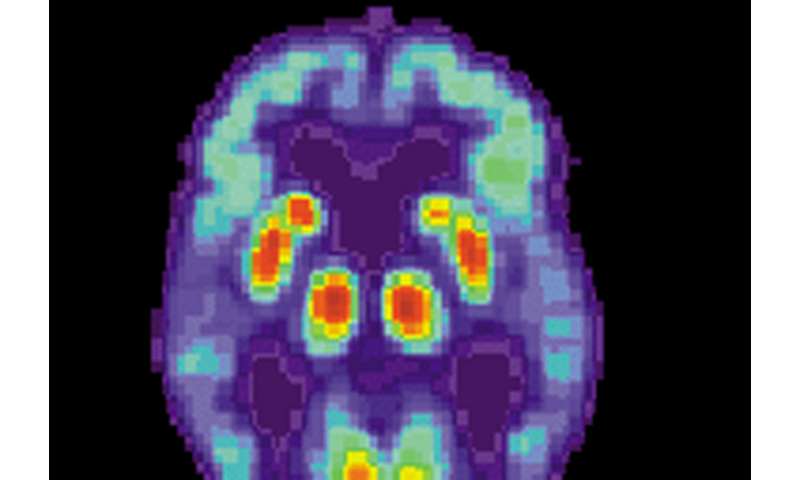
Researchers from Mount Sinai and the National Center for Geriatrics and Gerontology in Japan have identified new molecular mechanisms driving late-onset Alzheimer’s Disease (LOAD), as well as a promising therapeutic candidate for treatment, according to a study in the journal Neuron. LOAD is the most prevalent form of dementia among people over age 65, a progressive and irreversible brain disorder affecting more than 5.5 million people in the U.S., and the sixth leading cause of death.
“Our study advances the understanding of LOAD pathogenesis by revealing not only its global structures, but detailed circuits of complex molecular interactions and regulations in key brain regions affected by LOAD,” said the lead author Bin Zhang, Ph.D., Professor of Genetics and Genomic Sciences at the Icahn School of Medicine at Mount Sinai and Director of the Center for Transformative Disease Modeling. “The network models we created serve as a blueprint for identifying novel therapeutic targets that respond directly to the urgent need for new ways to prevent, treat, and delay the onset of LOAD.”
Previous genetic and genome-wide association studies (GWAS) have identified some genetic mutations associated with LOAD, but the causal variants of the disease have remained uncharacterized. To explore the molecular mechanisms driving the pathogenesis of LOAD, the Mount Sinai-led team performed an integrative network biology analysis of a whole genome and RNA sequencing dataset from multiple cortical brain regions of hundreds of donors, both healthy and with LOAD. This work revealed thousands of molecular changes and uncovered numerous neuron-specific gene subnetworks dysregulated in LOAD.
From that investigation researchers predicted that ATP6V1A, a protein-coding gene, plays a major role in a critical signaling pathway in the brain, and that its deficit could be traced to LOAD. That linkage was evaluated using two methods: a CRISPR-based technique to manipulate ATP6V1A levels in donor-matched brain cells in vitro, and in RNAi-based knockdown in transgenic Drosophila models, meaning that genetic material is artificially introduced into fly models and specific genes are effectively silenced to study the effects. Indeed, the knockdown of ATP6V1A worsened LOAD-related neurodegeneration in both models.
Just as significantly, researchers predicted that a drug compound, NCH-51, could normalize the dysregulated genes in LOAD, including ATP6V1A, and demonstrated that NCH-51 dramatically improved the neuronal and neurodegenerative effects of the ATP6V1A deficit in both model systems. Specifically, the CRISPR-based experiment using human induced pluripotent stem cells (hiPSC) demonstrated that repression of ATP6V1A, particularly in combination with β-amyloid—a key neuropathological hallmark of AD—dramatically impacted neuronal function. “The human-based system we created proved to be a promising way to model the mechanisms underlying risk and progression in diseases like LOAD where living tissues are not available,” observed Kristen Brennand, Ph.D., Associate Professor, Genetics and Genomic Sciences, Mount Sinai, and co-author of the study.
The Drosophila experiments were also revealing, demonstrating that ATP6V1A deficit exacerbated both β-amyloid-mediated toxicity and tau-mediated axon degeneration. “This finding suggests that ATP6V1A may have broad neuroprotective effects and serve as a potential therapeutic target for other tau-related neurodegenerative diseases,” says Dr. Koichi M. Iijima, Head of the Department of Alzheimer’s Disease Research at the National Center for Geriatrics and Gerontology in Japan, and senior author of the study.
Source: Read Full Article



